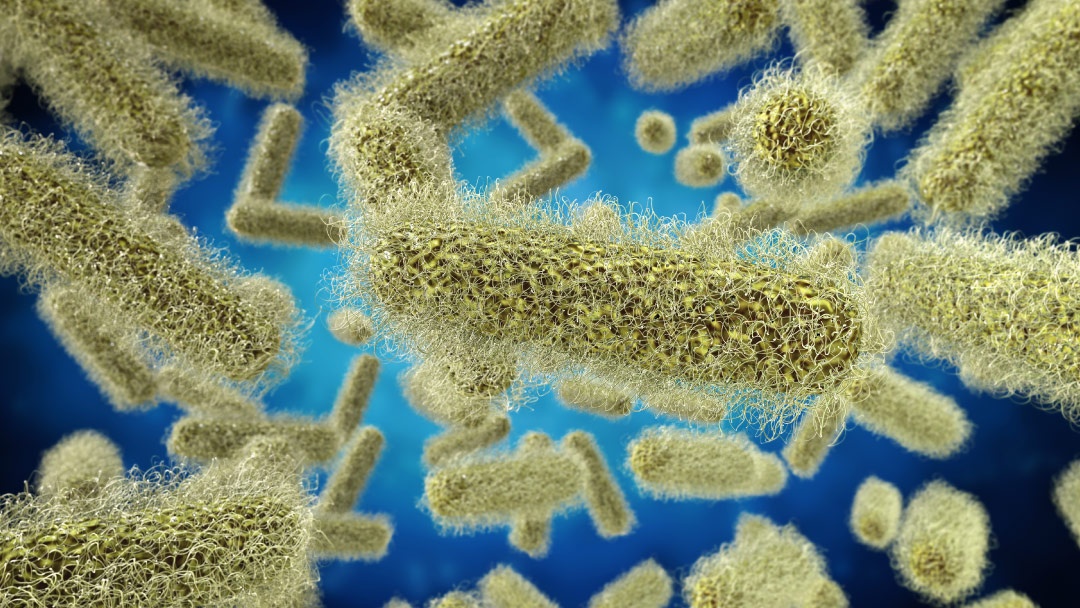
With fishmeal supplies dwindiling and raw material costs on the rise, microbial fermentation is emerging as one of the most promising strategies for creating sustainable and cost-effective aquafeeds. The technique offers a compelling solution to the urgent need for efficient alternative protein sources that can relieve pressure on marine resources while maintaining optimal production performance.
Currently being trialled with species such as tilapia, rainbow trout, gilthead seabream, and European seabass, these ingredients-still in various stages of development-are already showing nutritional, immunological, and environmental benefits. Not only do they improve digestibility and nutrient availability, but they also help enhance water quality in aquaculture systems.
One of the most promising avenues is the microbial fermentation of plant-based sources such as soymeal, wheat bran, and maize. These ingredients become more digestible and less antinutritional after fermentation, with compounds like phytates and enzyme inhibitors significantly reduced. In practice, juvenile turbot (Scophtalmus maximus) fed on diets where up to 45% of fishmeal was replaced with fermented plant matter showed no loss in performance.
Research with rainbow trout (Oncorhynchus mykiss) has also demonstrated the benefits of incorporating fungal-fermented cottonseed meal, which significantly reduced antinutritional compounds.
In addition, fermentation improves the bioavailability and water stability of certain animal by-products such as feather meal or poultry waste, allowing for more efficient use of these resources. Fermented feather meal using Bacillus subtilis has shown positive effects on both digestibility and gut health in tilapia and pompano (Trachinotus blochii).
Another innovative development is the production of single-cell protein (SCP) through the fermentation of bacteria, yeast, microalgae, or funghi. These organisms can convert organic waste into highly efficient functional proteins with added immunological benefits. In one study, replacing up to 50% of fishmeal with SCP derived from methanotrophic bacteria in rainbow trout diets significantly reduced mortality from furunculosis.
Among the various microbial fermentation techniques, solid-state fermentation-conducted under low-moisture conditions-stands out for its cost-effectiveness and nutritional benefits. It is especially suitable for microbes such as Bacillus spp., filamentous fungi, and lactic acid bacteria. This method is widely applied to substrates like soybean, cotton, and wheat, offering a stable end product with improved feed quality.
However, scaling up solid-state fermentation remains a technical challenge due to the difficulty of controlling temperature, humidity, and aeration.
Liquid-state fermentation, more commonly used in Europe, relies on aqueous environments with dissolved nutrients to support microbial growth. It is particularly well-suited for the production of single-cell proteins and probiotic supplements. Its advantages include faster fermentation rates and higher biomass output. Nevertheless, it presents a higher risk of contamination from Enterobacteriaceae, yeasts, or moulds and requires regular substrate supplementation.
This is the method typically used to produce microbial proteins from Clostridium autoethanogenum or methanotrophic bacteria as fishmeal substitutes.
In summary, microbial fermentation represents a strategic avenue for diversifying protein sources in aquaculture, cutting down dependence on fishmeal, and boosting the sector’s sustainability.
As technical and economic barriers are gradually overcome, these innovative ingredients are expected to become a regular feature of future aquafeeds, supported by an increasingly robust body of scientific evidence.


